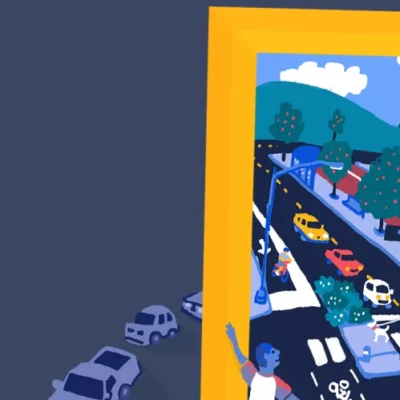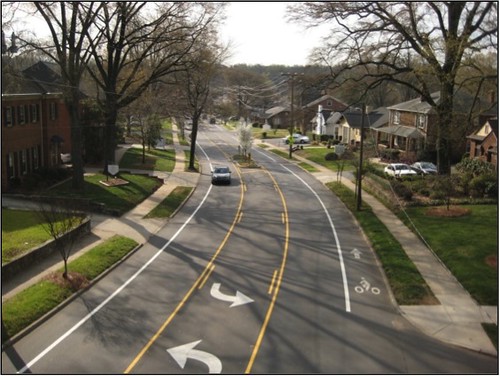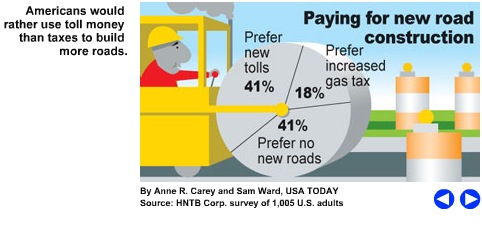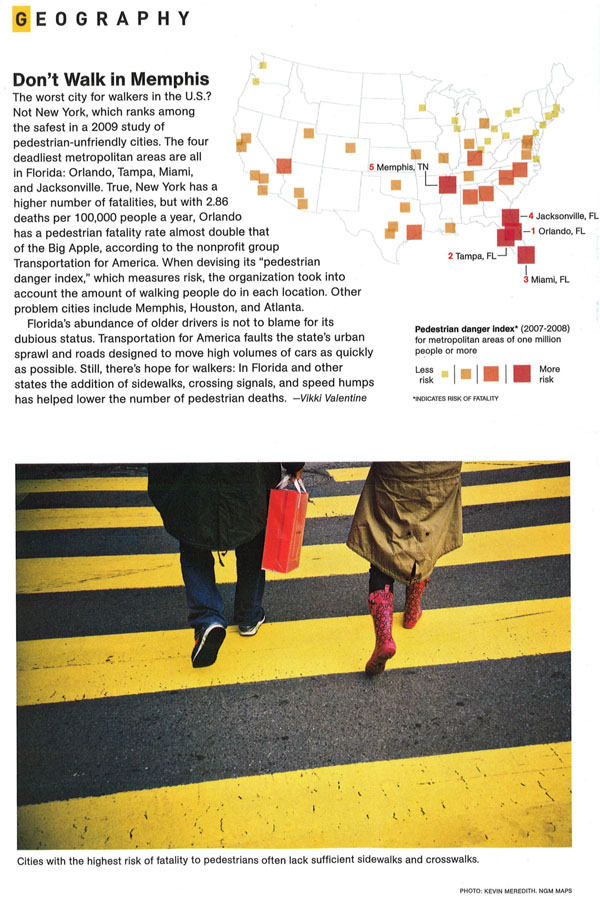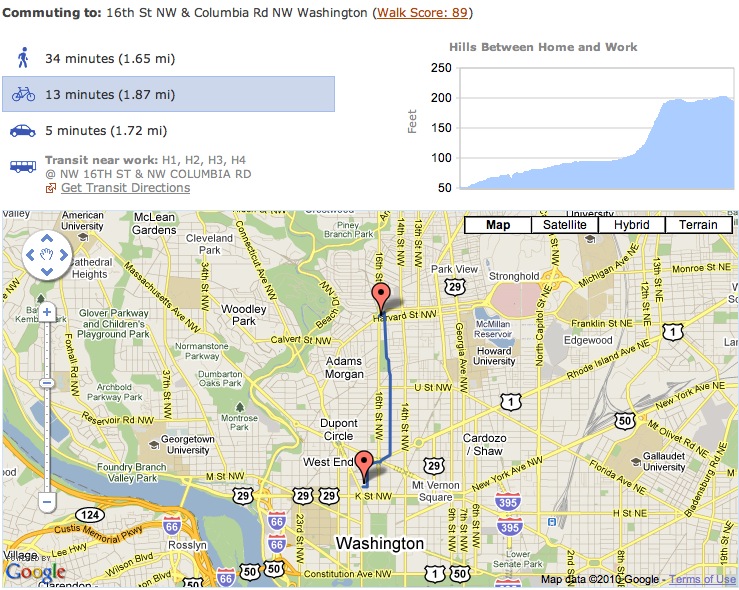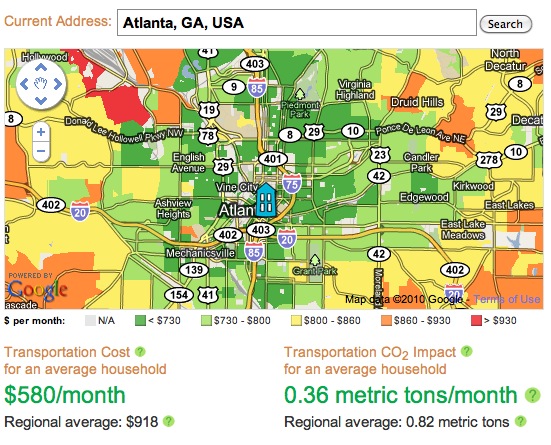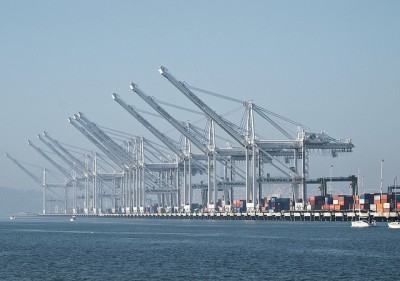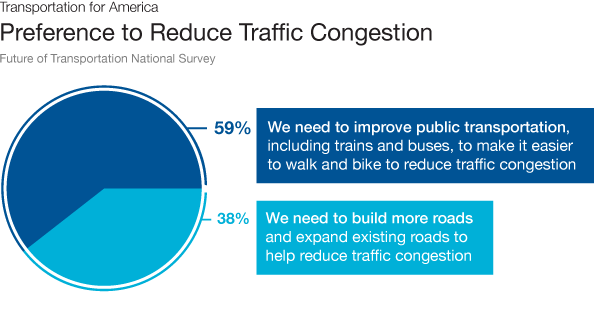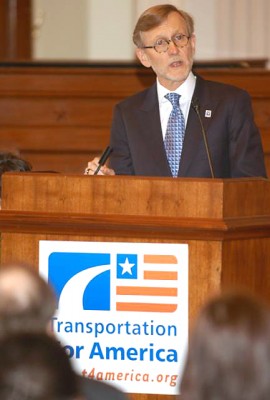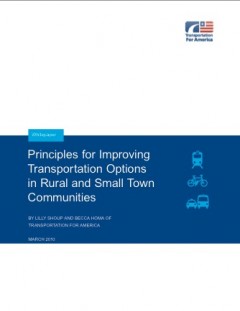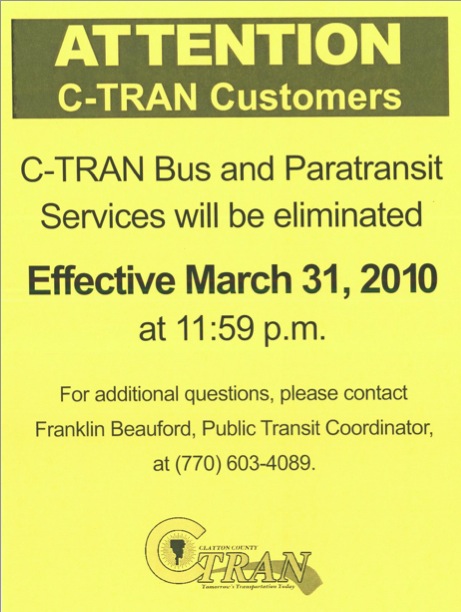 |
| Interstate 24 Traffic Originally uploaded by Transportation for America to Flickr. |
The cycle is familiar by now. A study tells us what we all know: our roads are congested. We pour billions into new roads and lanes to “reduce congestion.” Then the study comes out two years later and just as before, our roads are still congested. There’s a call for new roads, new roads open up, we drive further and further, congestion goes up. Rinse and repeat.
Every two years, nearly every major media outlet in the country reports on a “congestion index” study that ranks metro areas and cities by their relative amount of traffic congestion. But a significant new report from CEOs for Cities suggests that there’s a fundamental flaw in that study from the Texas Transportation Institute, and by failing to accurately measure congestion or pinpoint what is producing it in our cities, we’re failing to truly understand the problem.
And when you don’t understand the problem, how can you ever really fix it?
Noah Kazis at Streetsblog most succinctly describes how the TTI study fails to see the whole picture:
Imagine two drivers leaving downtown to head home. Each of them sits in traffic for the first ten miles of the commute but at that point, their paths diverge. The first one has reached home. The second has another twenty miles to drive, though luckily for her, the roads are clear and congestion doesn’t slow her down. Who’s got a better commute?
Shockingly, the standard method for measuring traffic congestion implies that the second driver has it better. The Texas Transportation Institute’s Urban Mobility Report (UMR) only studies how congestion slows down drivers from hypothetical maximum speeds, completely ignoring how long it takes to actually get where you’re going. The result is an incessant call for more highway lanes from newspapers across the country.
The reason why we find ourselves in this situation is because our current federal transportation policies virtually guarantee it. There’s no financial incentive for anyone to measure congestion accurately or improve it — states just get a big load of federal transportation money with few strings attached. Congestion doesn’t get better in large part because states and metro areas aren’t required to reduce congestion or try to shorten or reduce trips with their federal money.
If a state wants to spend some of their federal money on a new comprehensive metro transit system to provide drivers some relief by giving them an additional option as well as taking cars off the road, the process takes years longer and is far more complex. What state, given the choice, would choose to invest in projects that take 4 times longer to get approved and require more local money to build? (Transit projects have about 50% of the cost paid by the federal government, highways get around 80%.)
As this new study demonstrates, the lack of proper metrics to measure success (or mostly failure) is emblematic of the need for reform.
If the ultimate point is to make smart transportation policy, we need to look at a lot of different factors that affect people’s lives. Fixating solely on interstate throughput, while failing to offer other travel and living options, has led our state departments of transportation to invest billions to create a result that is choking the lives out of our regions and isn’t making life better for the vast majority of commuters.
The good news is that places that are attempting to reduce trips and congestion by investing in diverse transportation options are actually showing progress. Regions that have been aggressively investing in additional travel options, eliminating trips, reducing trip length, creating more places to live close to jobs or more effectively managing demand have seen their congestion numbers get better, according to the CEOs for Cities report.
All of this is just one more giant sign pointing to the need for a truly reformed transportation program that can more accurately measure the problems we face, prescribe solutions that will work, and get out of the way as we unleash those solutions on the traffic that is killing our productivity and choking our regions while we motor along at 10 mph with no other option.


